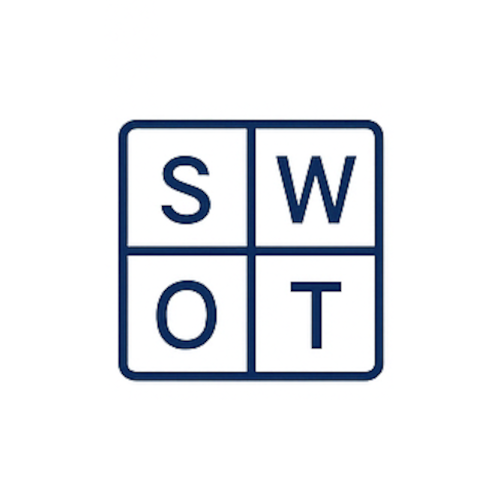Running a business well involves more than just day-to-day operations. The real test is making sure the entire organization is working towards the same goals. Getting everyone on the same page and focused on the right objectives is exptremely important for handling any challenges. Here’s why staying aligned is so important and how to make it work for you.
What Is Alignment in Business?
Alignment in business refers to the process of ensuring that all elements of an organization—its people, strategies, processes, and resources—are coordinated and working in together toward shared goals. It’s about uniting the organization around a common purpose, ensuring that every action taken contributes to the overall vision.
Why Is Alignment So Vital?
- Clarifying Objectives: Alignment brings clarity to an organization. When everyone understands the goals, it becomes easier to define what success looks like and how to achieve it. A clear and compelling vision, broken down into specific, measurable, and achievable goals, helps each team and individual to understand their role in the broader context. This clarity ensures that all efforts are directed towards the same end, reducing confusion and enhancing focus.
- Fostering Accountability: Alignment also creates a culture of accountability. When teams are aligned, each member understands their responsibilities and how their work contributes to the organization’s success. This understanding fosters a sense of ownership and commitment, as employees can see the direct impact of their efforts on the company’s goals. Clear roles and expectations reduce ambiguity, ensuring that everyone knows what is expected of them and can be held accountable for their performance.
- Boosting Efficiency: When teams are aligned, they work more efficiently. Alignment ensures that resources, including time and effort, are used effectively, reducing redundancy and minimizing wasted effort. Tasks are completed with greater precision because everyone is working toward the same goals. This efficiency is critical in a competitive business environment, where optimizing resources can be the difference between success and failure.
- Improving Communication: Effective communication is a natural outcome of alignment. When everyone is on the same page, information flows more freely across departments. This open communication ensures that all team members are informed, empowered, and able to contribute to the organization’s objectives. Regular meetings, progress updates, and feedback sessions can foster a culture of transparency, keeping everyone aligned and aware of the organization’s direction.
- Maximizing Resources: Alignment helps in the optimal allocation of resources. Whether it’s financial resources, talent, or time, alignment ensures that these are used where they are most needed and can have the greatest impact. This strategic use of resources maximizes their effectiveness, helping the organization to achieve more with less.
- Establishing a Feedback Loop: Alignment is not a one-time process; it’s dynamic and evolves with the business. Establishing a feedback loop allows the organization to continuously evaluate and adjust its strategies. This ongoing process ensures that the organization remains aligned with its goals even as external conditions change. Regular assessments help in identifying areas where realignment might be necessary.
Conclusion
To keep your business aligned and on track, it’s helpful to use a platform that enhances communication, supports strategic planning, and manages resources effectively. Sengi Solutions provides tools to ensure your teams and strategies stay in sync with your company’s goals. By incorporating Sengi, you can simplify your processes, improve accountability, and maintain the alignment needed for ongoing progress. Discover how Sengi Solutions can help your business adapt, stay focused, and meet its objectives more efficiently.












